The volumes of the Project on the History of Science, Philosophy and Culture in Indian Civilization aim at discovering the main aspects of India's heritage and present them in an interrelated way. In spite of their unitary look, these volumes recognize the difference between the areas of material civilization and those of ideational culture. The project is not being executed by single group of thinkers and writers who are methodologically uniform or ideologically identical in their commitments. The Project is marked by what may be called 'methodological pluralism'. Inspite of its primarily historical character, this project, both in its conceptualization and execution, has been shaped by scholars drawn from different disciplines. It is for the first time that an endeavour of such a unique and comprehensive character has been undertaken to study critically a major world civilization. History of Yoga is an attempt to trace the contours of origin and development of the discipline of Yoga in all its possible ramifications beginning from the Veda up till modern times. Long before Patanjali stood out as the greatest systematizer of the discipline, yoga had its origin in the aspirations, austerity and tapas of the Vedic seers undertaken to understand the mystery of creation of the universe and the individual both in their essence. In contravention of the Aryan Invasion Theory dominating the process of investigation into the history of ancient India, the volume traces the locus of the yogic Sadhana of the earliest Vedic seers in the high Himalayas getting percolated throughout the rest of the country gradually and leaving its remnants also in the Indus seals of the third millennium B.C. Being a product of total involvement of the personality of the Vedic seers in the task of investigation into the mystery of creation, the discipline has evolved into diverse paths such as bhakti, jnana, karma and meditation ranging from pure spiritual to the anatomical as is obvious in its hathayogic manifestation. This has expositions of stalwarts of the modern age such as Sri Ramakrishna, Swami Vivekananda, Sri Aurobindo, Raman Maharishi and the rest as a follow-up of the works of seers and sages. This development in the discipline has been possible through the works of a number of great yogins of the interventing period such as Sankara, Ramanuja, Nimbarka, Abhinavagupta among several others. The Volume is product of the cumulative effort of some of the best minds in the field available in India at present.
Contents:
Introduction/Satya Prakash Singh. I. Innovation of Yoga in Vedic Samhitas: 1. Traces of Yoga in the Vedic Samhitas/Satya Prakash Singh. 2. Yogic Sadhana of Vedic seers/Satya Prakash Singh. 3. Yoga of devotion in Vedic Samhitas/Satya Prakash Singh. 4. Vedic Yoga of knowledge/Satya Prakash Singh. 5. Karma and other miscellaneous Yogas/Satya Prakash Singh. 6. Yogic Motifs in Indus seals/Satya Prakash Singh. II. Elaboration of Yogic thought and practices in Brahmanas, Aranyakas and Upanisads: 7. Recapitulation of elements of Yoga in the Brahmanas and Aranyakas/Satya Prakash Singh. 8. Crystallization of Yoga in the early Upanisads/Satya Prakash Singh. 9. Consolidation of Yogic Sadhana in the later Upanisads/Satya Prakash Singh. III. Continuation of the tradition in the Ramayana and the Mahabharata: 10. Tradition of the Vedic Yoga as reflected in Valmik's Ramayana/Satya Prakash Singh. 11. Status of Yoga in the Mahabharata/Satya Prakash Singh. 12. Revival of the tradition of Yoga in the Bhagavadgita/Satya Prakash Singh. IV. Deviation from the Vedic Tradition in Jainism and Buddhism: 13. Jaina Concept of yoga/Dayanand Bhargava. 14. Yoga in Buddhism/Satya Prakash Singh. V. Systematization of Yoga in Patanjali and Hatha-Yoga: 15. Yoga of Patanjali/Satya Prakash Singh. 16. Hatha-Yoga/Satya Prakash Singh. VI. Yoga of Vedantic Acaryas and Yoga Vasistha: 17. Yoga of Acarya Sankara/Satya Prakash Singh. 18. Bhakti-Yoga of post Sankara Vedantic Acaryas/Satya Prakash Singh. 19. Yoga-Vasistha and its view of Yoga/Satya Prakash Singh. VII. Bhakti-Yoga of medieval saints: 20. Yogic systems and Sadhana of Alvars/Prema Nandakumar. 21. Yogic Sadhana of Narasimha Mehta/Bharati Jhaveri. 22. Yoga of Caitanya Mahaprabhu/Chandrasekhar Rath. 23. Yoga of Kabira/Satya Prakash Singh. 24. Yoga of Tulasi/Satya Prakash Singh. 25. Swami Haridasa and the Mode of his Yogic Sadhana/Sukh Ram Singh. 26. Yoga of Jnanesvara/Shubhada Joshi. 27. Yoga of Bhakti Sutras/Satya Prakash Singh. VIII. Yogic Sadhana in Tantra, Saivism and Sufism: 28. Yoga in Sakta Tantra/Suparna Chatterjee. 29. History of Yoga of Saiva Siddhanta/R. Gopalakrishnan. 30. Sivayoga of Virasaivism/M. Sivakumara Swamy. 31. Yoga in the monistic Saiva traditions of Kashmir/Navjivan Rastogi. 32. Yogic significance of Sri-Yantra/Pavitrananda Brahmachari. 33. Yogic Sadhana of Tamil Siddhas with special reference to Tiurumular and Bogar/T.N. Ganapathy. 34. Elements of Yoga in Sufism/Mohd. Sanaullah. IX. Revival of the Spirit of Yoga in Modern India: 35. Yogic Sadhana of Maharshi Ramana/A.R. Natarajan. 36. Yogic Sadhana of Sri Ramakrishna and Swami Vivekananda/Satya Prakash Singh. 37. Philosophy and Yoga of Sri Aurobindo/Kireet Joshi. 38. Mahavatara Baba and his school of Kriya Yoga/Satya Prakash Singh. 39. Akhanda Mahayoga of Shri Visuddhananda and Gopinath Kaviraj/Suparna Chatterjee. X. Yogic capability in the estimation of logic: 40. Nyaya vaisesika argument in favour of the validity of yogic knowledge/Raghunath Ghose. Appendices. Select bibliography. Index.

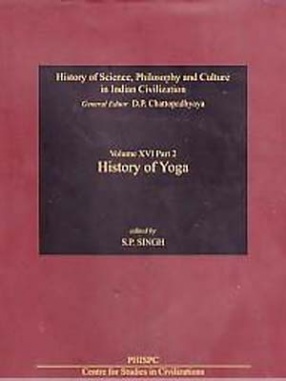
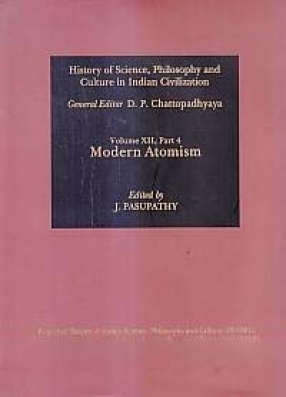
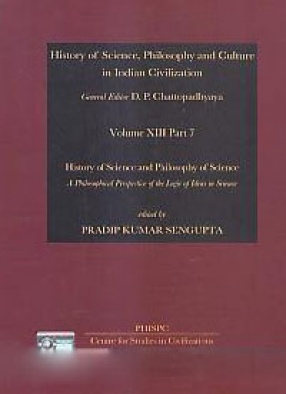
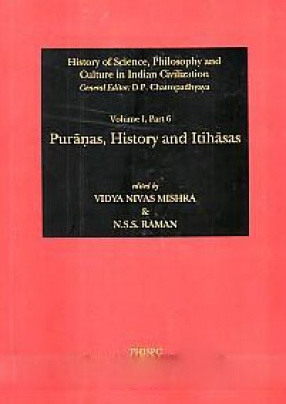
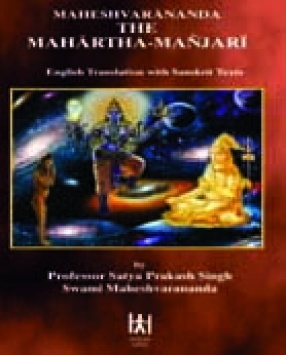
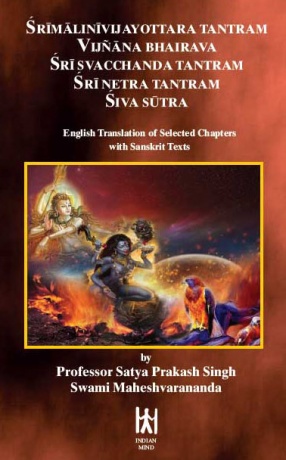
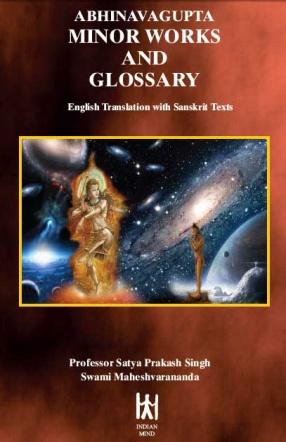
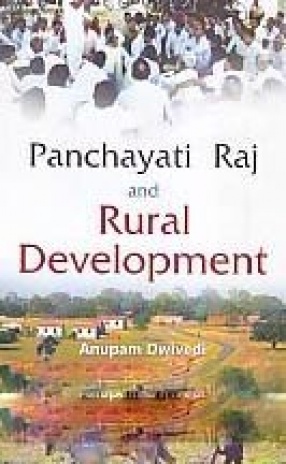
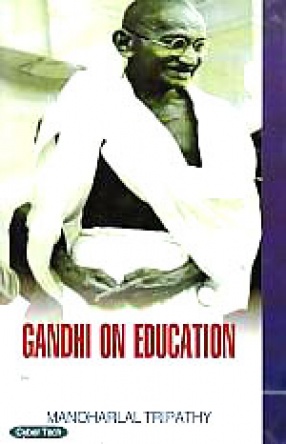
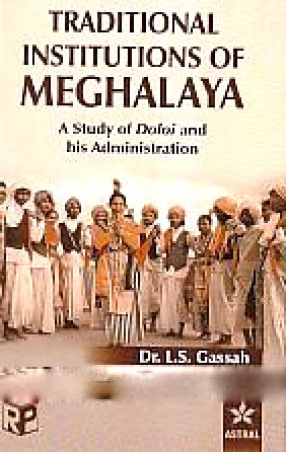
There are no reviews yet.